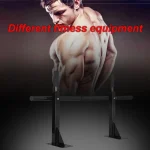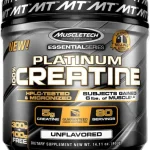Table of content
- Introduction: Unveiling the Powerhouse of Movement – Motricity
- What is Motricity?
- The Importance of Motricity in Sports
- The Science Behind Movement: Exploring the Building Blocks of Motricity
- The Nervous System: The Master Conductor
- The Musculoskeletal System: The Engine of Movement
- Sensory Integration: Bringing it All Together
- Refining Your Craft: How Motricity Impacts Different Aspects of Sports Performance
- Skill Acquisition and Development
- Coordination and Balance
- Speed and Agility
- Power and Endurance
- Optimizing Motricity: Training Techniques and Strategies
- Movement Analysis and Feedback
- Plyometric Training
- Sport-Specific Drills
- Mental Imagery and Visualization
- Conclusion: Mastering Movement – The Key to Unlocking Your Athletic Potential
- Frequently Asked Questions (FAQ)
- References
1. Introduction: Unveiling the Powerhouse of Movement - Motricity
Have you ever witnessed a gymnast soar through the air with seemingly effortless grace, or a basketball player weave through defenders with lightning-fast precision? These feats of athleticism are not simply products of physical strength or raw talent. They are the result of a complex interplay between the nervous system, muscles, and sensory perception, all working in perfect harmony – a phenomenon known as motricity.
a. What is Motricity?
Motricity, also referred to as motor control, refers to the ability of the brain to plan, execute, and regulate movement. It encompasses everything from the simplest actions like walking to the most intricate athletic maneuvers. Imagine your brain as the conductor of an orchestra, sending signals to your muscles (the instruments) through the nervous system. Sensory input from your eyes, ears, and proprioceptors (receptors in your joints and muscles) acts as the sheet music, constantly providing feedback to ensure your movements are precise and efficient.
b. The Importance of Motricity in Sports
For athletes, refined motricity is the cornerstone of success. It dictates how effectively you can translate your skills and strategies into action on the field. Here’s why motricity is such a game-changer:
- Skill Acquisition and Development: Mastering new skills or refining existing ones requires the brain to establish new motor pathways and optimize communication with the muscles.
- Coordination and Balance: Whether it’s a footballer dribbling the ball with pinpoint control or a diver executing a flawless somersault, precise coordination and balance are essential for optimal performance.
- Speed and Agility: The ability to react quickly and change direction with lightning speed is a hallmark of many sports. Refined motricity allows for explosive movements and rapid response times.
- Power and Endurance: Generating explosive force for a jump shot or maintaining a steady pace during a marathon – both require efficient muscle activation and energy utilization, all coordinated by well-honed motricity.
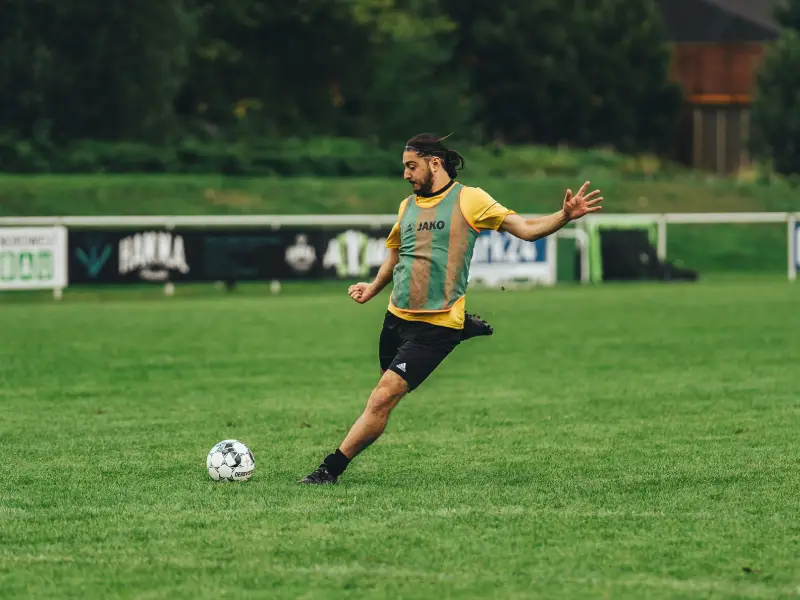
2. The Science Behind Movement: Exploring the Building Blocks of Motricity
As we established, motricity is the foundation for athletic performance. But what are the biological mechanisms that make it all possible? Let’s explore the three crucial systems that work in concert:
a. The Nervous System: The Master Conductor
The nervous system acts as the central command center, orchestrating every aspect of movement. Here’s a breakdown of its key players:
- Brain:The mastermind behind everything, the brain plans, initiates, and controls movement patterns. The motor cortex, located in the frontal lobe, is responsible for sending signals to the muscles.
- Spinal Cord:This vital pathway relays signals from the brain to the muscles and transmits sensory information back to the brain.
- Peripheral Nervous System:This network of nerves carries messages between the central nervous system (brain and spinal cord) and the muscles throughout the body.
b. The Musculoskeletal System: The Engine of Movement
The musculoskeletal system is the powerhouse that translates the brain’s instructions into action. It consists of:
- Muscles:These contractile tissues generate the force required for movement. Different types of muscle fibers specialize in tasks like power generation (fast-twitch) or sustained activity (slow-twitch).
- Bones:The rigid framework of the body, bones provide structure and support, and act as levers for muscle action.
- Joints:The points of connection between bones, joints allow for controlled movement in various directions.
c. Sensory Integration: Bringing it All Together
Our ability to move effectively relies heavily on constant sensory feedback. Information from our eyes, ears, and proprioceptors provides real-time data about our body position, limb movement, and external environment. This sensory information is relayed back to the brain, allowing for adjustments and fine-tuning of movement patterns.
For instance, a gymnast relies on visual cues to judge landing positions, while a soccer player uses proprioception to maintain balance when dribbling the ball. By integrating all these inputs, the brain can refine movements and ensure smooth, coordinated actions.
3. Refining Your Craft: How Motricity Impacts Different Aspects of Sports Performance
Now that we understand the building blocks of motricity, let’s see how it translates into tangible benefits for athletes:
a. Skill Acquisition and Development
Learning a new athletic skill involves establishing new connections between the brain and muscles. Here’s how motricity plays a crucial role:
- Motor Learning: When you first attempt a new skill, your movements are slow and uncoordinated. As you practice, the brain strengthens the neural pathways between the motor cortex and the muscles involved. This process, known as motor learning, leads to improved efficiency and accuracy.
- Feedback and Adaptation: Sensory feedback from your body and the environment allows you to refine your movements. With each attempt, the brain adjusts the motor commands, leading to smoother and more precise execution.
Imagine a young basketball player learning to shoot free throws. Initially, the form might be awkward, and the ball trajectory inconsistent. However, with repeated practice and focused attention to feedback (visual cues, body position), the brain optimizes motor commands, resulting in a more consistent and powerful shot.
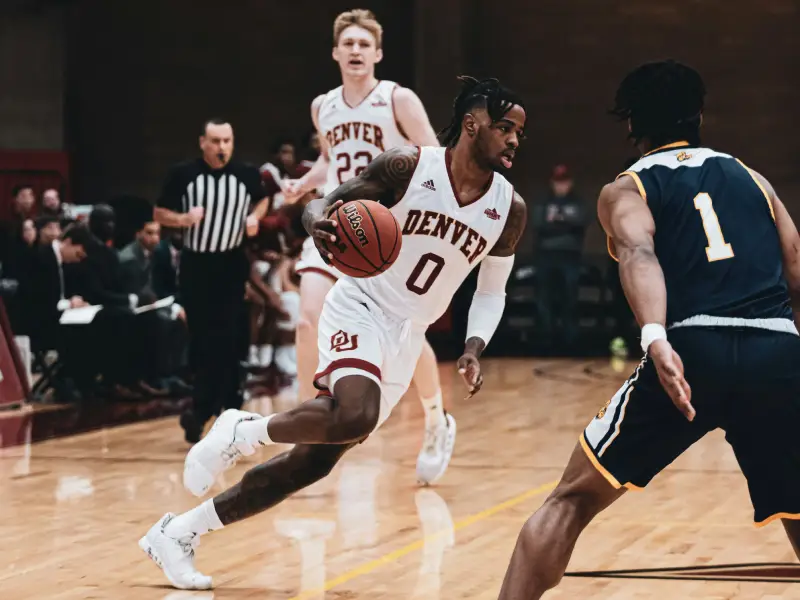
b. Coordination and Balance
Precise coordination and balance are essential for a wide range of sports:
- Intermuscular Coordination: This refers to the ability to activate different muscle groups together smoothly. For example, a tennis player requires coordinated movement of legs, core, and arms to swing the racket with power and precision.
- Intralimb Coordination: This involves coordinated movement within a single limb. A soccer player dribbling the ball needs exceptional intralimb coordination to maintain control and change direction quickly.
- Balance: Maintaining a stable body position is crucial for various athletic maneuvers. From a gymnast holding a challenging pose to a snowboarder navigating uneven terrain, refined balance is key.
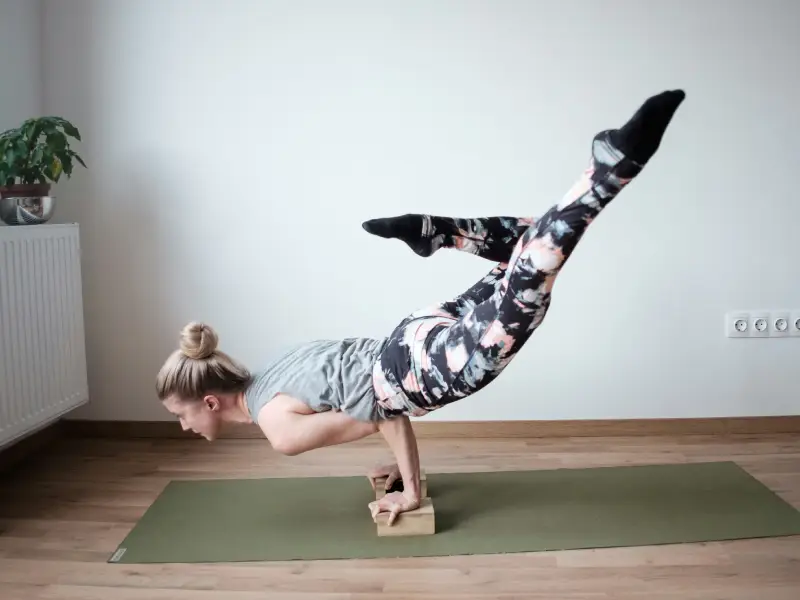
c. Speed and Agility
The ability to react quickly and change direction with explosiveness is a defining feature of many sports:
- Reaction Time:This refers to the time it takes for the brain to process sensory information and initiate a response. Efficient motricity allows for faster signal transmission between the nervous system and muscles, leading to quicker reactions.
- Agility:This involves the ability to change direction and accelerate rapidly. Refined motricity facilitates efficient muscle recruitment and coordination, allowing for sharp changes in movement.
Think of a sprinter reacting to the starting pistol or a football player dodging defenders. Their success hinges on a combination of quick reaction times and agile movements, both heavily influenced by well-honed motricity.
d. Power and Endurance
Generating explosive force for a jump or maintaining a steady pace during a long-distance run requires efficient muscle activation and energy utilization:
- Power:This is the ability to generate maximum force in a short period. Refined motricity allows for optimal muscle recruitment patterns, enabling athletes to produce powerful movements essential for activities like jumping or throwing.
- Endurance:The ability to sustain physical effort for extended periods. Well-coordinated muscle activation and efficient energy utilization, facilitated by good motricity, contribute to improved endurance performance.
A volleyball player spiking the ball or a marathon runner maintaining a steady pace – both rely on motricity to optimize muscle function and energy expenditure for their respective goals.
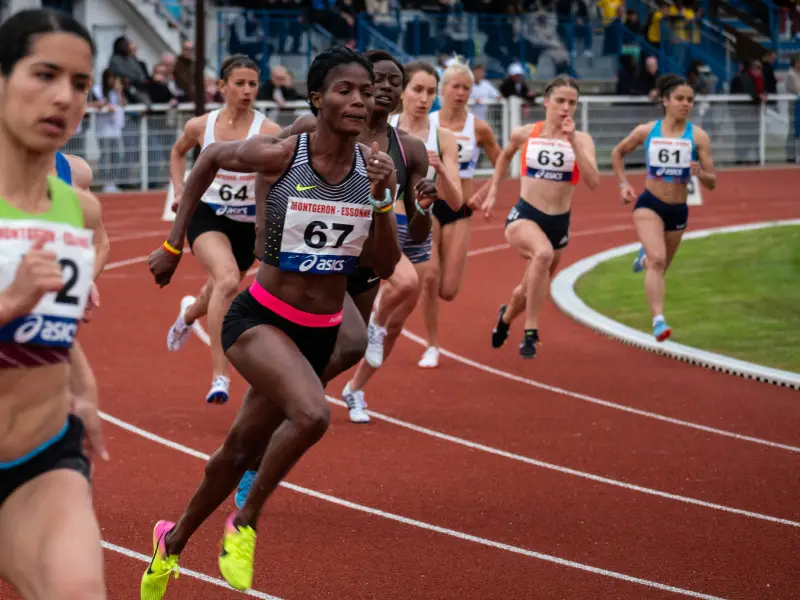
4. Optimizing Motricity: Training Techniques and Strategies
Having explored the impact of motricity on various aspects of sports performance, let’s delve into practical ways to improve it:
a. Movement Analysis and Feedback
The first step is to understand your current movement patterns. Consider these approaches:
- Video Analysis:Record yourself performing drills or skills. Analyzing the footage can reveal areas for improvement in technique, coordination, or balance.
- Kinesthetic Training Tools:Specialized tools like pressure mats or motion capture systems can provide detailed feedback on movement patterns and muscle activation. Consulting a qualified coach experienced in movement analysis can be highly beneficial.
b. Plyometric Training
Plyometrics involve explosive jump training exercises that enhance the body’s ability to generate power and improve neuromuscular coordination. Examples include box jumps, depth jumps, and medicine ball throws. These exercises should be progressively designed to avoid injury risk.
c. Sport-Specific Drills
Incorporate drills that mimic the specific movements and demands of your sport. For example, a basketball player might practice agility drills with ladder work or cone drills, while a swimmer could focus on drills that isolate and refine underwater kicking technique.
d. Mental Imagery and Visualization
Mental imagery involves mentally rehearsing skills and movements. Studies have shown that visualization can improve motor learning and performance. Athletes can visualize themselves performing a skill flawlessly, focusing on the specific muscle movements and sensations.
Additional Strategies
- Strength Training:Building overall strength provides a solid foundation for improved motor control and power generation.
- Balance Training:Exercises that challenge your balance, like wobble boards or single-leg exercises, can enhance proprioception and stability.
- Flexibility:Maintaining good flexibility allows for a wider range of motion and can contribute to improved coordination and efficiency of movement.
- Proper Recovery:Adequate rest and recovery are crucial for optimal nervous system function and motor learning. Prioritize sleep, nutrition, and active recovery techniques.
Remember: Consistency is key! Regularly incorporating these training techniques and strategies into your routine will progressively enhance your motricity and ultimately elevate your athletic performance.
5. Conclusion: Mastering Movement - The Key to Unlocking Your Athletic Potential
By understanding and optimizing motricity, you gain a powerful tool to elevate your athletic performance. From mastering new skills to achieving peak power and endurance, refined motricity is the foundation for athletic excellence. Remember, the journey to peak performance is a continuous process. By dedicating yourself to continuous learning, refining your training methods, and prioritizing proper recovery, you can unlock your full athletic potential and take your game to the next level.
6. Frequently Asked Questions (FAQs):
- Q: What are some signs of poor motricity?
- A: Signs can include difficulty learning new skills, clumsiness, poor coordination, and limitations in balance or agility.
- Q: How can I assess my motricity at home?
- A: Simple tests like the single-leg stance or the timed up and go test can provide a basic evaluation of balance and coordination. Consulting a qualified sports therapist or kinesiologist can offer a more comprehensive assessment.
- Q: Does age limit the potential to improve motricity?
- A: While the nervous system’s plasticity tends to decrease with age, research shows that targeted training can improve motricity at any stage of life.
7. References
The reference list for further exploration:
- National Strength and Conditioning Association (NSCA): https://www.nsca.com/
- American College of Sports Medicine (ACSM): https://www.acsm.org/
- International Journal of Sports Medicine: https://www.tandfonline.com/toc/risp20/current
- Journal of Motor Behavior: https://us.humankinetics.com/
Latest Articles
Popular Reviews
July 3, 2023
AmRelieve Knee support
January 15, 2025
The Role of Whey Protein for Fitness
May 31, 2023
Elastic rubber band exercise
June 6, 2023
Essential Platinum Creatine
August 6, 2023
How can we help you?
We are your one-stop-shop for all things sports, nutrition and stress management. Our team of experts provides you with the latest reviews on sports equipment, nutrition facts and stress management advice. We also provide ratings to help you make informed decisions on what to buy. Stay ahead of the game with our blog website! Join our community today and get access to exclusive content and deals.
Most used tags
#Adaptogens #ModernNutrition #HolisticHealth #StressRelief #HealthyLiving #BrainHealth #CognitiveFunction #EnduranceTraining • #ExerciseForMentalHealth #ExercisePsychology #FitnessChallenge #FunctionalFitness • #HyroxRace • #MentalFitness #MentalHealth #ExerciseBenefits #MindBodyConnection #StressRelief #FocusThroughFitness #EmotionalWellBeing #HealthyLiving #FitnessMotivation #MentalHealthAndExercise #MentalWellness #Mood-boosting winter workouts #PhysicalActivity #WellnessJourney #Winter workout motivation ACLInjury ACLSurgery Blood pressure Cardiovascular exercise ChiaPudding Exercise fitness Gains healing healthy HealthyEating HealthyRecipes HyroxFitness • injury Mental Health in Motion muscle gain NutrientPackedMeals Prevention Resistance training Sport SportsInjuryTreatment Stretching and Cooling Down Supplements therapy Top Wearable Fitness Technology Trends Shaping 2024 training weight loss wellbeing Workout Routine


